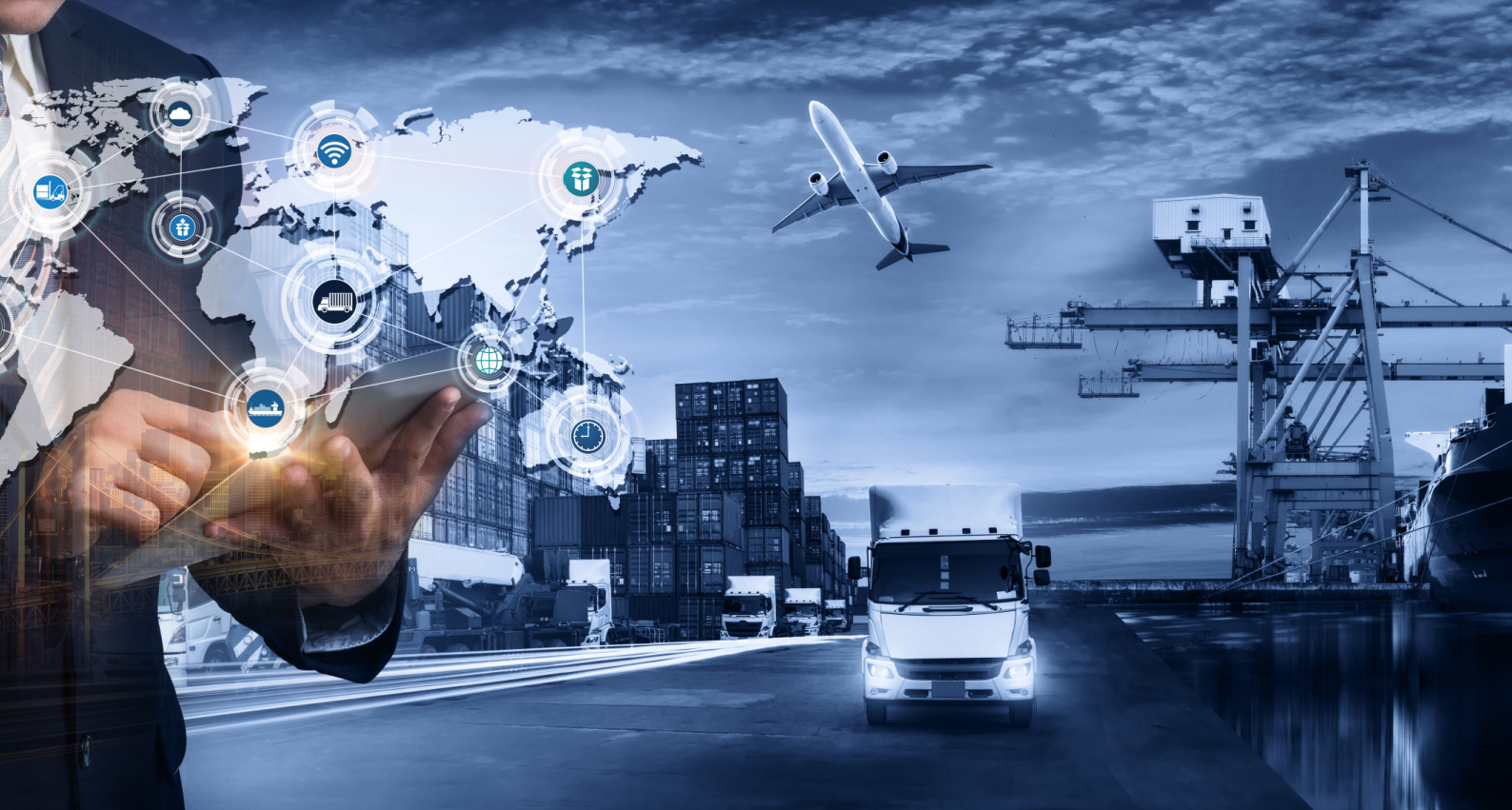Logistics 5.0: Difference with a Human Touch
Published on 13 Mar, 2023

The logistics industry is in the midst of a transformation with the integration of technologies and digital innovations in processes, which paves the way for Logistics 5.0, an extension of Industry 5.0. The goal is to digitalize the entire logistics process, making it simple and error-free, and thus creating a collaborative relationship between humans and machines. Will we now see a more productive and efficient logistics process?
Rapidly evolving information technology and the trend of digitalization have been transforming the global logistics industry. Thus, emerged Logistics 5.0, the logistics sector’s response to Industry 5.0, which could bring about a revolution.
Logistics 5.0 aims to realign systems – right from procurement of raw materials to last-mile delivery – by integrating digital innovations such as AI, the Internet of Things (IoT), robotics, and big data brought about by Industry 4.0 into the logistics value stream. These technologies are now a part of Logistics 5.0, and their effective use will bring about radical, positive changes in industry.
Pandemic Spurs an Industrial Change
During the COVID-19 outbreak, issues such as container shortages, staff renewals, additional security measures, and delays brought into the spotlight the need for improved logistics operations. This industry revamp needs to be cost-effective, resilient, and sustainable to fit into the current global context.
The pandemic and its aftermath prompted worldwide industry to rapidly embrace logistics 4.0. Businesses were compelled to invest in technology and innovation to become more competitive and develop the knowledge necessary for greater resilience in future.
The pandemic has (almost) ended; thus, the production system must change to simultaneously support sustainability and digitalization. This is where Logistics 5.0 plays a crucial role – by embracing digitalization, sustainability, and knowledge.
Reshaping Logistics with Logistics 5.0
Logistics 5.0 places a similar emphasis on knowledge and sustainability as Industry 5.0. All digital ecosystems are merged with human power in the 5.0 version.
The concept of Logistics 5.0 assigns top priority to the environment while also keeping pace with technological advancements. To implement this idea, the logistics sector must consider three aspects:
- Human factor
- Resilience
- Sustainability
This may be seen in how robots and humans operate together in warehouses. Where robotization was important in 4.0, collaboration with the human component is essential in 5.0. Workers are an ongoing investment, and their health and education are crucial. Logistics 5.0 takes it a step further, and technology is being modified to meet the requirements of workers.
Case study: A leading e-commerce company has robots assist employees at their fulfillment centers. Bringing products to human pickers so they can package and label items for shipping is the sole purpose of these robots. They accomplish this by shifting entire shelf units and are programmed to always watch out for human traffic to prevent collisions and accidents.
The Game-Changing Impact of Logistics 5.0
Creating an AI-assisted supply chain and reducing supply-chain risk and waste will be possible based on real-time, up-to-date data with Logistics 5.0. Moreover, it will now be possible to automate third-party logistics (3PL) operations, develop supply-chain integration for more strategic partnerships, and connect these more seamlessly than ever with Logistics 5.0, offering a collaborative working system between humans and machines. By enabling machines to undertake jobs that would be too complex, time-consuming, or dangerous for humans, the new business method aims to enhance productivity.
This system envisages greater flexibility in terms of tailoring products to customers’ demands by enabling an impactful, synergetic environment between humans and machines. This can be done by integrating IoT, AI, and big data analytics into business processes. Industry 5.0’s utilization of high-tech products will soon impart companies a high ability to produce custom-built items.
In supply-chain production systems, Industry 5.0 will have the ability to deliver bulk customizations. Although the provision of a demanding tailored service may appear to necessitate human intervention, these will require more mental strength than physical.
The Logistics 5.0 era will necessitate digital transformation. This transition is unavoidable for suppliers, manufacturers, logisticians, vendors, distributors, and even customers. Many businesses are getting ready for the new era by fulfilling their software requirements inside this framework.
Companies must therefore plan for a time when they will function significantly differently from now. The degree to which businesses are receptive to innovation will determine whether they use Logistics 5.0 or get left behind.
Small and medium-sized businesses can efficiently use various technologies, including the cloud, because the cost of technology has significantly come down from what it once was. These investments will spare companies from having to build hardware and invest in data centers in future.
A better, more sustainable logistics industry will be ushered in by Logistics 5.0, resulting in a notable decrease in cost, errors, and time. It will mark the advent of a new era.

